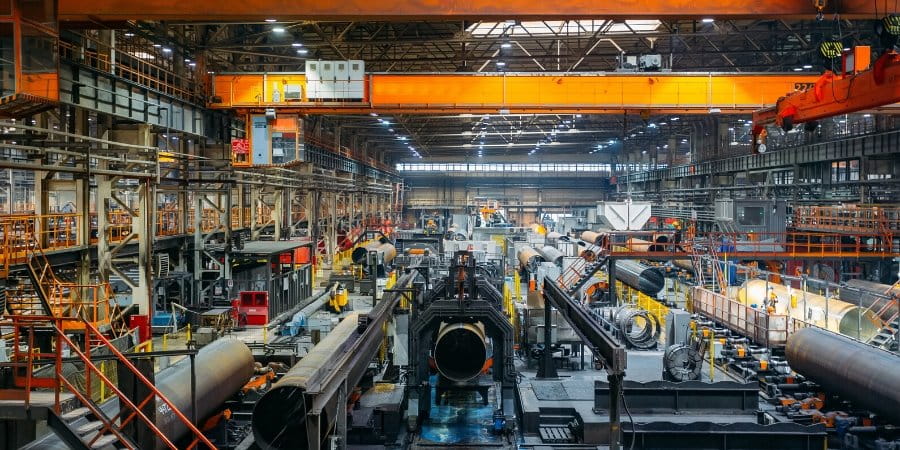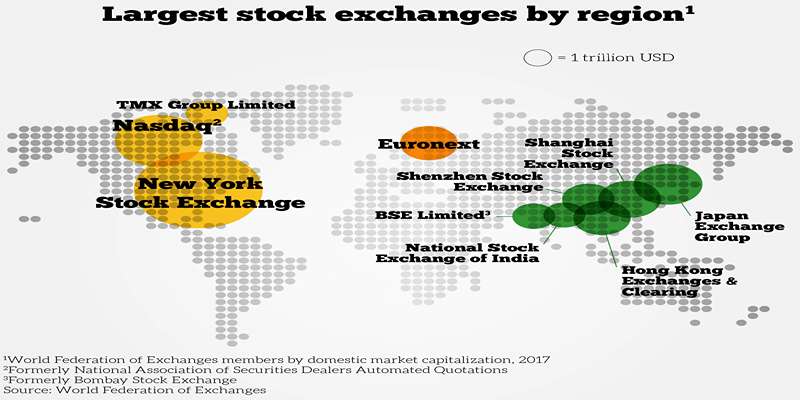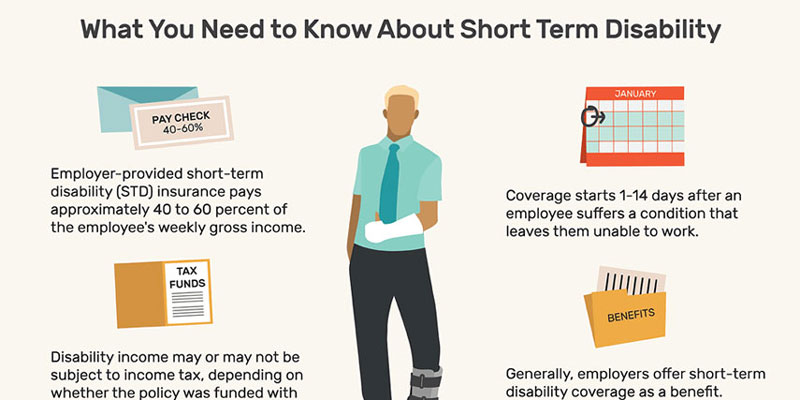How Are Manufacturing Expenses Vary From Production Costs
Dec 12, 2024 By Kelly Walker
Manufacturing costs are limited to those directly related to creating the product, whereas production costs include all expenditures incurred by the company. A manufacturer may use both metrics to gauge what it costs to run the company. A corporation is profitable if its income is higher than its entire expenses.
Expenses Included In Manufacturing

Much of a company's constant and fluctuating expenditures are rolled into its production expenses. Production expenses consist of raw materials and labor.
Most often seen fixed expenses consist of:
- Renting a building
- Advertising budget
- Business equipment
- Miscellaneous costs that don't go up or down with small changes in business volume
The cost per output unit is the standard by which manufacturing firms evaluate overall costs. That figure is essential when determining the wholesale selling price for obvious reasons. The company's income rises in line with the pace of output while the fixed expenses stay constant. This results in a lower production cost per unit and increased profits for the company.
Expenses Included In Production
As a general rule, manufacturing expenses react quickly to shifts in output. The overall cost of production rises as output rises. The price per unit is relatively stable. Yet, there will always be higher manufacturing costs associated with increasing output.
There are three main components to manufacturing costs: raw materials, direct labor, and administrative charges. All of them are true direct expenses. The foreman's pay and office supplies are covered, but the accountant's salary and supplies are not.
Manufacturing vs. Production Expenses

For instance, a small factory making widgets could have to pay $800 per month in rent and $100 per month for the upkeep of its machinery. The company can lower its per-item costs by increasing output as these costs are fixed. In this case, the price to make one widget is $900 monthly in fixed costs + $10 in variable costs.
The cost of materials for manufacturing one device is $10. The price of a single widget is $100. Each widget generates $90 in revenue for the company after manufacturing expenses of $10 are deducted. Producing ten devices each month is necessary for the company to break even. For financial reasons, it must have more than ten widgets daily.
Varieties of Manufacturing Expenses
Both fixed and variable expenses are incurred during production. Manufacturing a vehicle, for instance, incurs fixed expenditures such as the purchase of machinery and the payment of wages to factory employees. Fixed costs are unaffected by changes in the production rate.
Prices considered "variable" rise and fall in response to changes in output. Utilities are a good illustration of this type of variable cost since more energy is required at higher output levels. It is the sum of all expenses incurred to create one extra unit, known as the marginal cost of production.
A company will increase the output of a given thing until the marginal cost of production is equivalent to the additional income generated by making that good. As a result, this should be roughly the same as the price at which it sells.
Considerations
If manufacturers face a situation where manufacturing costs are higher than the price at which their product is sold, they may have some recourse. They could initially reduce their production expenses.
Production might be halted or shut down if these measures prove ineffective. To illustrate this with the oil price as an example, consider the following scenario. Assume for a moment that oil prices fell to $45 per barrel.
If producers' expenses ranged from $20 per barrel to $50 per barrel, those with high costs would be in a negative cash flow. Production may be halted until profits are once again possible for these businesses.
What Factors Influence the Final Price Tag of a Product?
Production costs have an established, direct relationship to creating sales for the business. The price of raw materials and labor is a significant expense for manufacturers. Production expenses in the service sector reflect the time and effort put in by workers to plan, organize, and carry out the service for customers. Companies that extract natural resources have other expenses considered part of the production process, including royalties and taxes.
How Do Manufacturers Calculate Their Prices?
Some costs are associated with products that are not directly related to the product. Materials like plastic and metal and worker pay are examples of direct expenses in vehicle production. Overhead expenses like rent and utilities are examples of indirect costs.
The whole price tag for a finished good may be calculated by putting the expenses of raw materials and labor and the manufacturing overhead together. By dividing this total by the total number of units produced over the period, we may know how much it costs to make a single product unit.

Deciphering Hedge Funds: Balancing Returns and Fees

What Is an IPO Lock-Up?

Student Discounts: A Comprehensive Guide

Stock Exchanges Around the World

Cash Flow Maximisation

Best Short-Term Disability Insurance

Best disability insurance long-term Plans

Which Industries Have the Highest Inventory Turnover?

How Much Will I Get From Social Security

